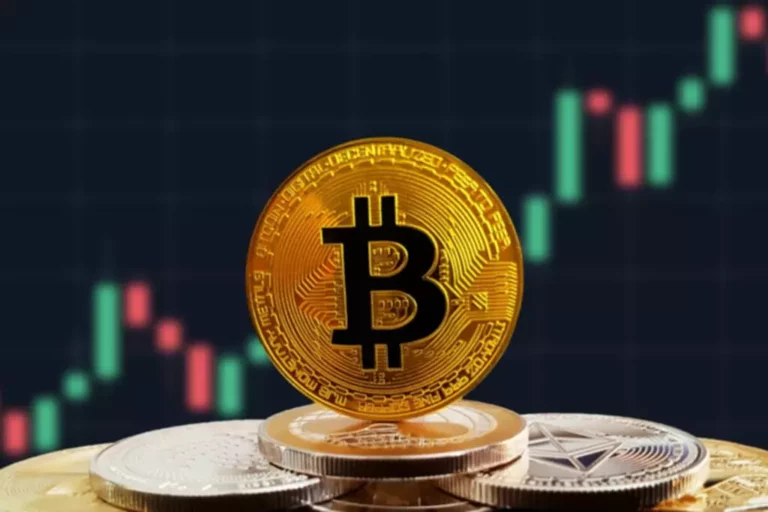Content
Other brokerages target more experienced active traders and give users direct access to the market through whichever route they choose. Some brokerages that do this include Lightspeed and TradeStation. Some retail brokerages that target more informed investors do not engage in PFOF. Because of the controversy, the European Union has decided to ban payment for order flow from 2026 onwards. Until then, member states can allow PFOF but only for Constant function market maker clients in that member state.
Conclusion: Proceed with Caution on Payment Order Flow (PFOF)
Critics argue that PFOF can create a conflict of interest for brokers. By receiving compensation for directing orders, brokers may be incentivized to prioritize revenue over getting the best execution for their clients. This means that the broker may not always choose the market maker that offers the best price and execution speed, potentially impacting the investor’s returns. To illustrate how this works, let’s suppose the bid of Company XYZ stands at $99.00 and the ask sits at $100.00, creating a spread of https://www.xcritical.com/ $1. An investor wants to purchase shares of XYZ at the mid-point of $99.50.
Further Changes and Rule 615 Proposed in 2022
Market makers are firms that quote both a buy and a sell price for a financial instrument and facilitate trading by providing liquidity to the market. The compensation received by brokers for directing orders to these market makers is typically a small fee per trade. New investors are flowing into the stock market in record numbers, fueled by online trading apps that offer commission free trading, borrowing on margin, and options trading. In fact, one important payment for order flow revenue stream almost tripled for four large brokers from 2019 to 2020.

Fixed Income Outlook: Bonds Hit Reset. A New Equilibrium Emerges
The SEC stepped in and studied the issue in-depth, focusing on options trades. It found that the proliferation of options exchanges and the additional competition for order execution narrowed the spreads. Allowing PFOF to continue, the SEC argued at the time, fosters competition and limits the market power of exchanges.
The previous year, the SEC fined Robinhood $65 million for failing in late 2010 to properly disclose to customers the PFOF it received for trading and for failing to execute the best trades for their clients. PFOF became the subject of renewed debate after a 2021 SEC report on retail investor mania for GameStop (GME) and other meme stocks. The SEC said it believed some brokerages might have been encouraging customers to trade so they could profit from PFOF. An important part of the NMS was creating the NBBO, which requires all trading venues to display their best available bid and offer prices, and for trades to be executed at these prices or better.
- This practice is known to the investing world as payment for order flow (PFOF).
- If you wanted to trade stocks before 2013, you would have had to pay commissions to a brokerage firm.
- Deposits into this account are used to purchase 10 investment-grade and high-yield bonds.
- But a $1,000 investment in an equity option with a price of $10 would net $4 in payment flow, 20 times the PFOF for a stock.
- Allowing PFOF to continue, the SEC argued at the time, fosters competition and limits the market power of exchanges.
- Securities and Exchange Commission (SEC) requires broker-dealers to disclose their PFOF practice in an attempt to ensure investor confidence.
The value of Bonds fluctuate and any investments sold prior to maturity may result in gain or loss of principal. In general, when interest rates go up, Bond prices typically drop, and vice versa. Bonds with higher yields or offered by issuers with lower credit ratings generally carry a higher degree of risk.

PFOF allowed the brokerages to make up for lost customer commissions. It can come as a fee per trade, a share of the spread, or other financial incentives. Investors seek quality price execution, and that starts with the right brokerage. Just as investors should research a company they’d like to invest in, they should also research the institutions they trade with, and know if it routes to market makers. Forming a clear picture of how a brokerage generates its revenue is vital.
In the PFOF model, the investor starts the process by placing an order through a broker. The broker, in turn, routes this order to a market maker in exchange for compensation. The market maker then executes the order, aiming to profit from the spread or other trading strategies. Changes in the complexity of trades involving equity, options, and cryptocurrency have come about as exchanges and electronic communication networks have proliferated. Market makers are entities, typically large financial firms, that provide liquidity to the financial markets by buying and selling securities. PFOF is a practice in which brokers, such as online trading platforms, receive compensation from market makers for routing their customers’ orders to them.

Broker-dealers must disclose the nature of any compensation received in return for routing orders, as well as the overall process they use for order routing decisions. By mandating this disclosure, the reports mandated by 606(a) aim to enhance the integrity of the market and protect investor interests. Treasury Accounts.Investing services in treasury accounts offering 6 month US Treasury Bills on the Public platform are through Jiko Securities, Inc. (“JSI”), a registered broker-dealer and member of FINRA & SIPC. See JSI’s FINRA BrokerCheck and Form CRS for further information.JSI uses funds from your Treasury Account to purchase T-bills in increments of $100 “par value” (the T-bill’s value at maturity).
The clearing firm is responsible for making sure everything goes smoothly between the brokerage, market maker, and exchange. If you wanted to trade stocks before 2013, you would have had to pay commissions to a brokerage firm. Fast forward to today, and nearly every major brokerage firm on Wall Street offers commission-free trading. This led to exchanges competing for where options trades should be routed, including giving rebates or incentive payments to the broker or customer for directing their order accordingly.
Stopping there, though, would be misleading as far as how PFOF affects retail investors. Trading in the options market affects supply and demand for stocks, and options have become far more popular with retail investors. Retail trading in equity options has risen dramatically in the last five years, from just about a third of equity options trading in 2019 to around half of all options of all equity options trades. There are major differences in how market makers and other “wholesalers” compensate brokers for executed trades. Market makers make money by selling a stock for a slightly higher price than they bought it for.
The rise of low- or no-commission trading took off after Robinhood Markets (HOOD), the low-commission online brokerage, began offering such services in 2013. As other brokerages were forced to cut commissions to compete, PFOF became a greater proportion of a brokerage’s income. Near-0 % interest rates exacerbated this during the pandemic, though rate hikes have boosted broker revenue from client money parked in their accounts.
The EU moved last year to phase out the practice by 2026, and calls for the SEC to do the same have led only to proposals to restrict and provide greater transparency to the process, not ban it altogether. Of course, in this situation, our apple is stock or options (most likely to be options) and the apple vendors are market makers. The New York Stock Exchange has actual human “specialists” on the floor that serve this function. In contrast, the fully-electronic Nasdaq exchange has around 14 market makers for each security, all competing with each other to provide liquidity. Meanwhile, brokers are benefitting because they’re getting paid to execute orders for customers instead of paying an exchange to do so.

